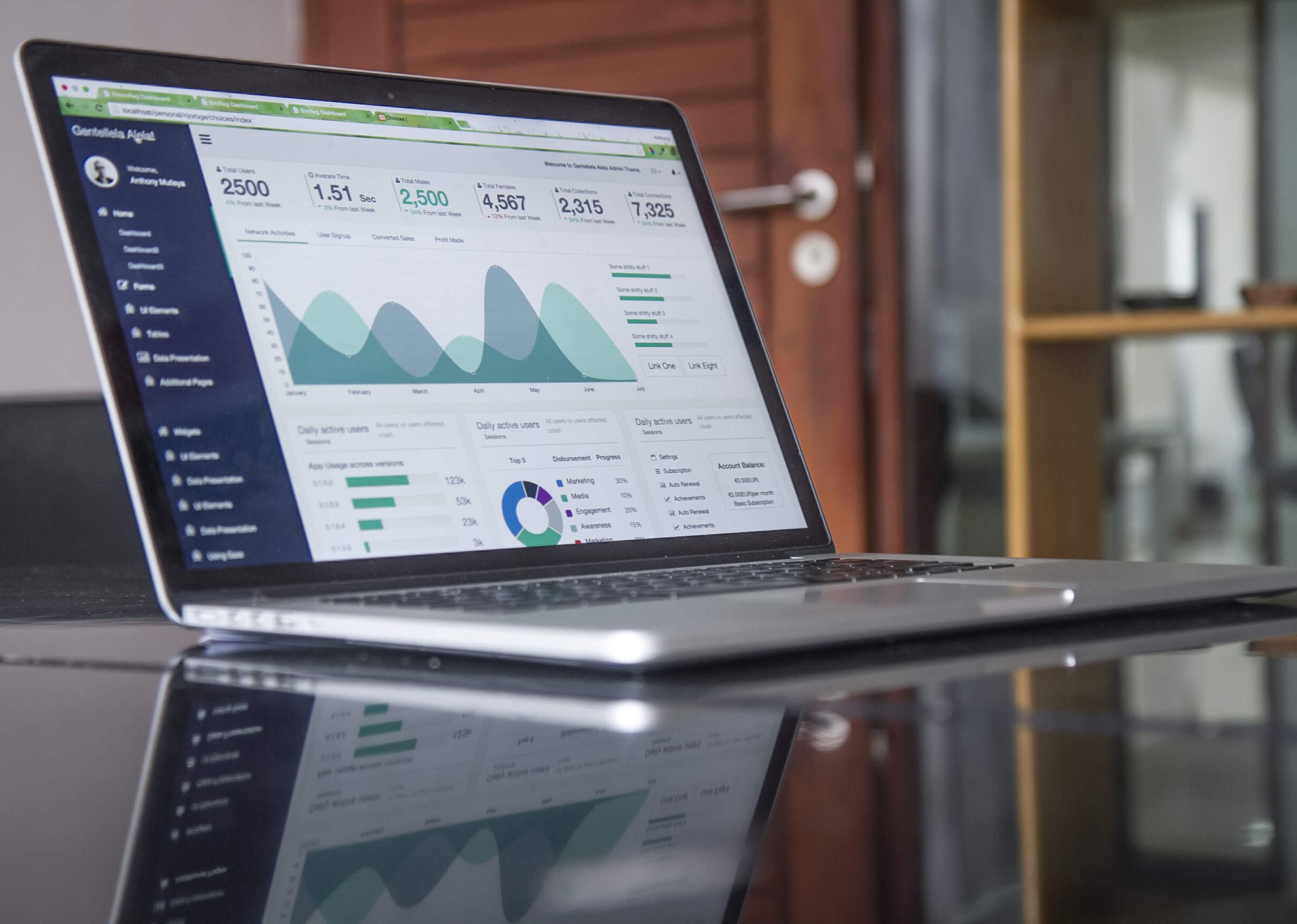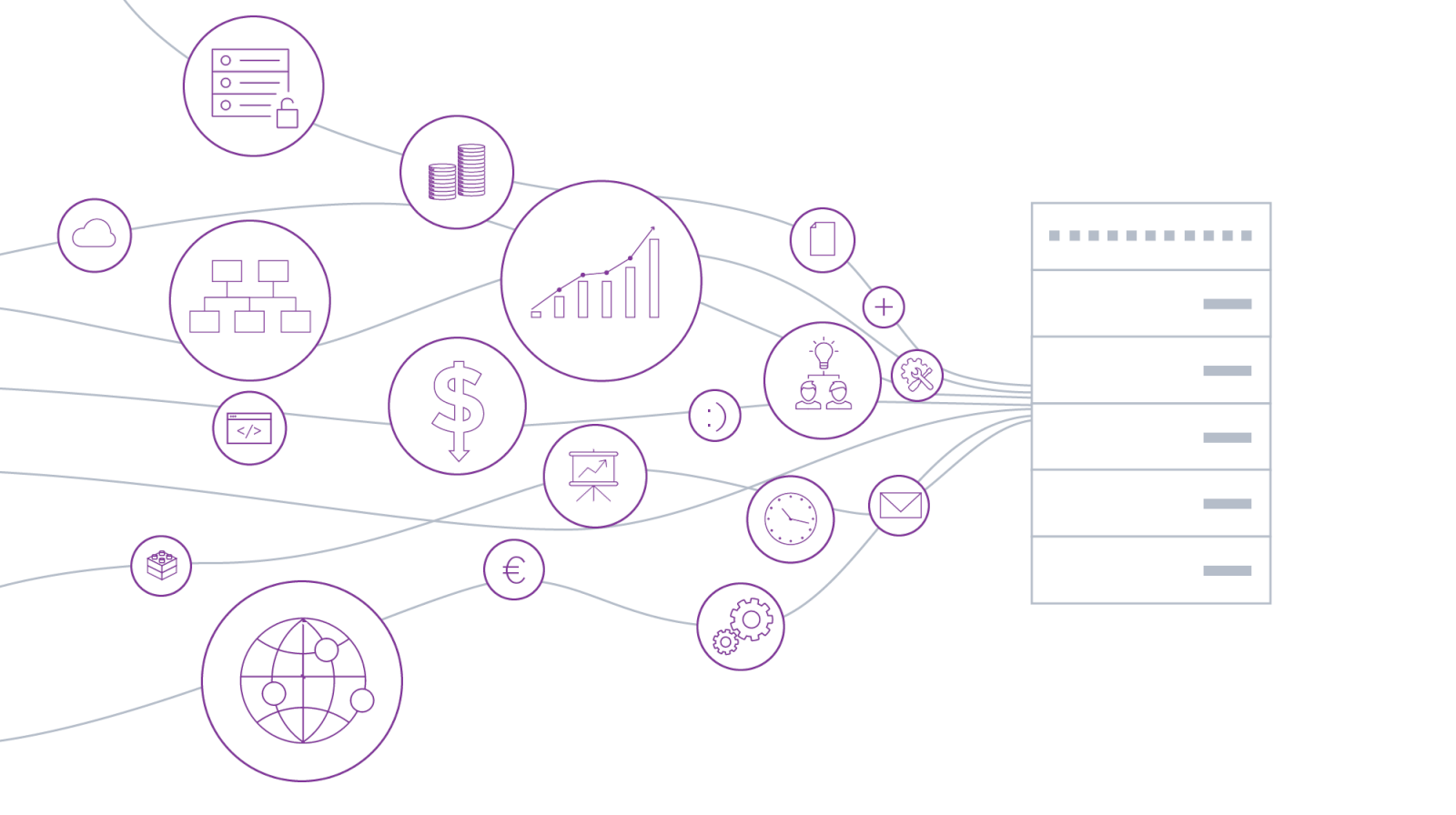 Most companies have become increasingly data-minded in the past decade. But they often report that they’re sitting on a huge pile of data. With various departments having differing workflows and tools creating disparate data located across isolated systems, in Excel files, in databases, and even on paper, it’s not hard to see how this could occur. Unfortunately, this means the data never gets used unless a customer complains or there is an emergency requiring an investigation into the root cause of the problem.
Most companies have become increasingly data-minded in the past decade. But they often report that they’re sitting on a huge pile of data. With various departments having differing workflows and tools creating disparate data located across isolated systems, in Excel files, in databases, and even on paper, it’s not hard to see how this could occur. Unfortunately, this means the data never gets used unless a customer complains or there is an emergency requiring an investigation into the root cause of the problem.
Sound familiar? Don’t worry, you’re not alone. Here are a few action items to put in place to start pivoting your business data to generate insights, optimizations, and ideas for you.
Data As History
Data is worth gold these days. It can be analyzed to find abnormalities before something bad happens (i.e. a machine is acting slightly weird so it’s better to repair it than to replace it and cause the factory floor to come to a halt). It can also be stored as a time-series from all kinds of data-generating devices, like valves, sensors, employees, and more. Using data in a historical manner can help your business improve process performance.
This is a job for a data historian who creates a single source of truth within the company and can be turned to for ideas on how to solve a problem. For industries that require detailed process tracking, like the pharmaceutical or food verticals, a data historian that’s acquainted with the relationship of the databases as well as the limitations of the data storage can quickly pinpoint the root cause of a problem. For industries that don’t follow regulations about process tracking, the time-series data still carries an accurate and reliable historical record of each day’s business operations. Having the data can create costly maintenance fees, but it can also fully cover your business in an unfortunate event.
Data Accessibility
Sharing data with employees who have varying responsibilities within the business helps cultivate curiosity, a more well-rounded database, and ideas on what to improve. This change usually happens gradually, but it can be catalyzed by making the data accessible to everyone within the business. Even field employees can bring up great ideas that heavily optimize process management.
Open-source tools like Grafana (for data visualization) and InfluxDB (for time-series databases) have made it easier to visualize and manage IoT applications. These tools make it easy for employees to get insights without needing a lot of training. Managers often seriously question the idea of opening data to everyone in the company, but employees who get involved with improving the business’s operations actually care about their jobs and their workplace. Often, their ideas make their jobs easier, allowing them to be even more productive.
Industrial IoT
At the Belgian biomass plant A&S Energie, all operators can access the company’s process data through their own Grafana login. At other companies, the dashboards that operators have created are unprecedented in effectivity: they are extremely useful and detailed and make everyone’s job a lot less error-prone.

Sure, a data historian sounds like an insurance policy: you meticulously generate and log all of the data in real-time just in case something happens where you’ll need that data. But take another look at the benefits of a data historian; it can be used as a tool to enable employees and executives to collect, visualize, and quickly analyze the process data. This can propel employees to start finding actionable insights, making data-driven decisions, and embedding this type of work into the company for new hires.
Many production managers in the process industry say that operators have long kept the knowledge in their heads, and to tune the process requires more art and experience than anything else. But a data historian can turn your employees into business assets very quickly, creating more value over time.
Innovating Your Business Model
According to Boston-based Harvard Business Review, innovating your business model requires delivering existing products that were made using existing technologies to existing markets. But this is often difficult to copy or implement because the underlying mechanics and ideas are invisible. For example, water treatment companies invoice customers by the volume of water, not by the equipment used. They calculate the existing product (treated water) using existing technology (data historian) in an existing market (customers who require clean water). The water company can then automatically invoice customers monthly using a combination of the technology and the existing market.
You can try to copy this idea, but once you dive into it, you’ll see that it’s incredibly involved and detailed. There is a multitude of factors to consider and implement: monitoring operations, process data, maintenance, financing, and more. It takes a lot of time, effort, and planning to shift your business model to rely on data. But once it’s implemented, it creates a much larger return on investment.
Data, People, and Processes
Figure out what can be realistically improved beyond the historian insurance purpose. Start small, plan out your data architecture, and get the relationships and names correct. Then create an accessible and open data historian so that you can catch process improvement ideas from your employees. Lastly, think about how you can shift your data from being an audit-friendly pool of numbers into a business model that’s innovative and yields a higher value for your company.
Businesses in the process industry can begin shifting their business models now before their competitors get a hold of the idea. It’s not easy, but it’ll be well worth the cost and effort of implementation.






